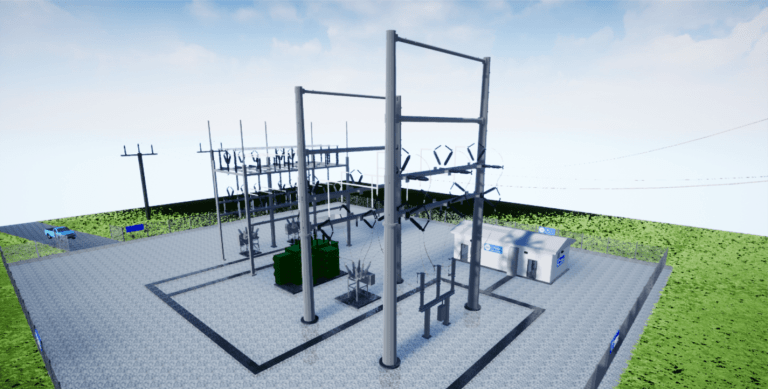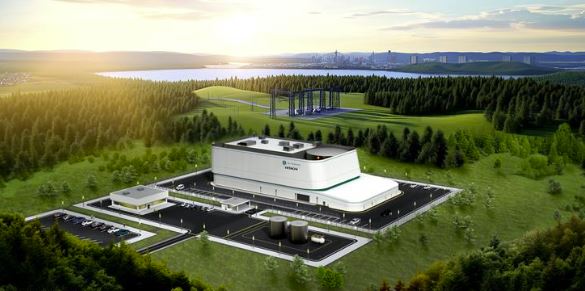
Regulators in Nashville approve to advance “a new pilot program that would use artificial intelligence to improve Nashville’s water management system with an early warning detection system and has made it a step closer to beginning development in partnership with Vanderbilt University.
Vanderbilt University will work with the Department of Water and Sewerage Services, better known as Metro Water Services, to develop a system that would use AI to detect anomalies and patterns in water management systems.”





